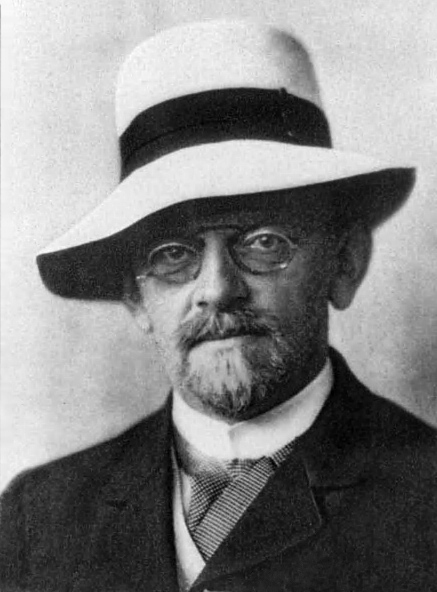|
Structuralism (philosophy Of Mathematics)
Structuralism is a theory in the philosophy of mathematics that holds that mathematical theories describe structures of mathematical objects. Mathematical objects are exhaustively defined by their place in such structures. Consequently, structuralism maintains that mathematical objects do not possess any intrinsic properties but are defined by their external relations in a system. For instance, structuralism holds that the number 1 is exhaustively defined by being the successor of 0 in the structure of the theory of natural numbers. By generalization of this example, any natural number is defined by its respective place in that theory. Other examples of mathematical objects might include lines and planes in geometry, or elements and operations in abstract algebra. Structuralism is an epistemologically realistic view in that it holds that mathematical statements have an objective truth value. However, its central claim only relates to what ''kind'' of entity a mathematical o ... [...More Info...] [...Related Items...] OR: [Wikipedia] [Google] [Baidu] |
Philosophy Of Mathematics
Philosophy of mathematics is the branch of philosophy that deals with the nature of mathematics and its relationship to other areas of philosophy, particularly epistemology and metaphysics. Central questions posed include whether or not mathematical objects are purely abstract entities or are in some way concrete, and in what the relationship such objects have with physical reality consists. Major themes that are dealt with in philosophy of mathematics include: *''Reality'': The question is whether mathematics is a pure product of human mind or whether it has some reality by itself. *''Logic and rigor'' *''Relationship with physical reality'' *''Relationship with science'' *''Relationship with applications'' *''Mathematical truth'' *''Nature as human activity'' (science, the arts, art, game, or all together) Major themes Reality Logic and rigor Mathematical reasoning requires Mathematical rigor, rigor. This means that the definitions must be absolutely unambiguous and th ... [...More Info...] [...Related Items...] OR: [Wikipedia] [Google] [Baidu] |
